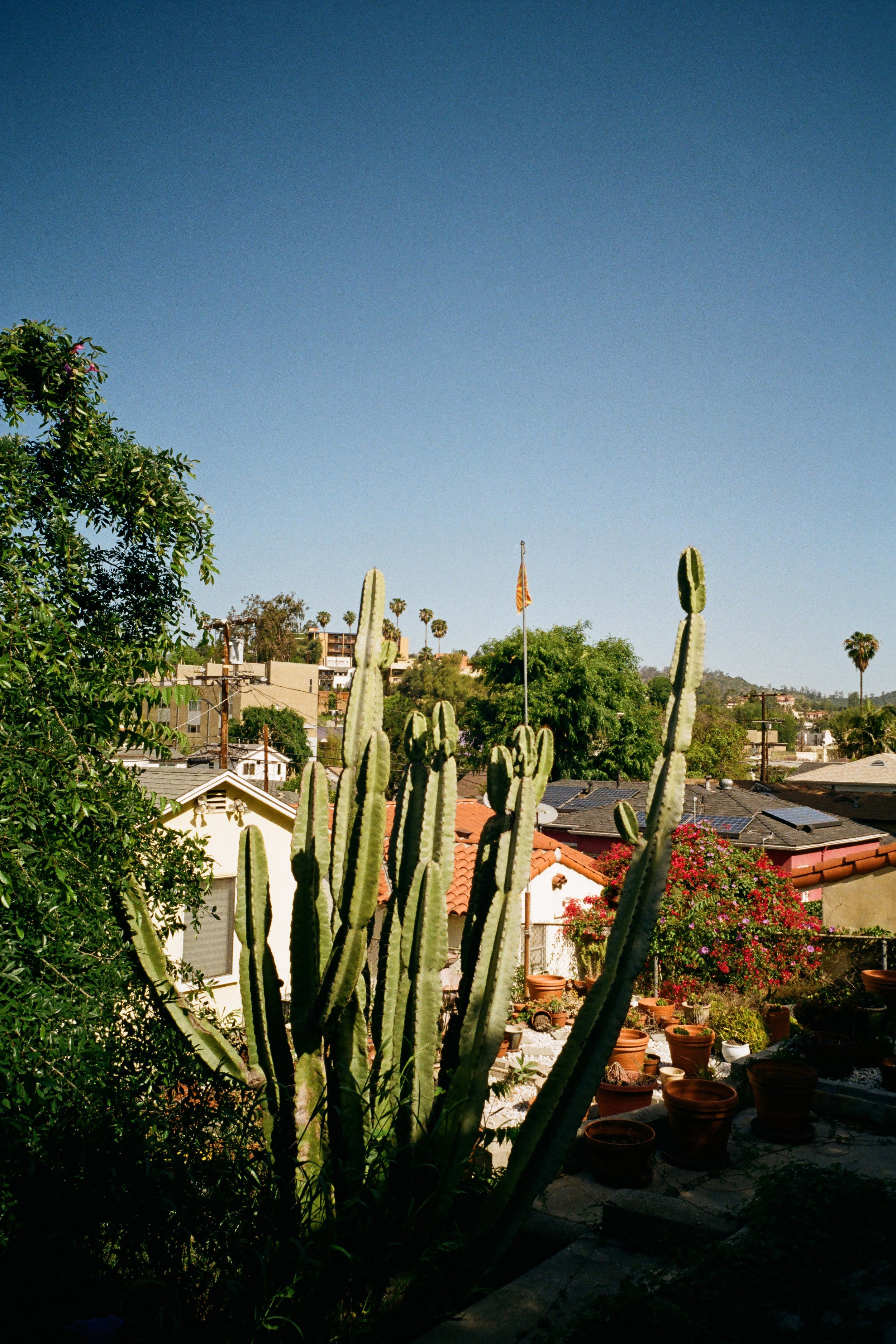A while back I heard from my artist friend Rich Cali. Hadn’t spoken in quite a while. Said he’d moved to Kingston, New York, and opened a gallery, would like to put me on the calendar for an exhibition. I was thrilled. I’d been to Kingston and loved it. And I was happy for Rich. He’s a great artist and his space is perfect—clean, quaint, unassuming little spot that he’s doing fantastic things in.
I hadn’t shown any prints from A PLAIN VIEW since 2019 and so thought this a great opportunity to share a few from the book again.
On display is seven 40x50-inch prints and seven 17x22-inch prints, most from editions and a few artist proofs that have never been shown.
Wonderful turnout. Met some nice folks, sold some prints (thank you!).
I knew that while in Kingston I’d want to walk with the Nikon 28ti and make some photos, as a sort of Morning Walks “Kingston Edition”.
3 rolls of exposed Gold 200 came home with me.
Incredible walk the morning of my opening. Walked about aimlessly for roughly 2 hours, and then made some pictures the following day on my way out of town to JFK for the flight back home.
Kingston is wonderful, and its bedraggled but handsome lushness. Its cracks and inconsistencies show, and they show beautifully. As does its history. It’s romantic. And strange. Rough and idyllic, tired and alive. And its thick air sucks you in, keeps you stuck there, comfortably. A slow, peaceful ride.
Hudson Valley is unique, its own place. And everyone I met remarkably friendly.
If you’d like to see the show, it’s up through July 2 at Monument.
For now, a selection of the 35mm Kingston (and outskirts) pictures:






























